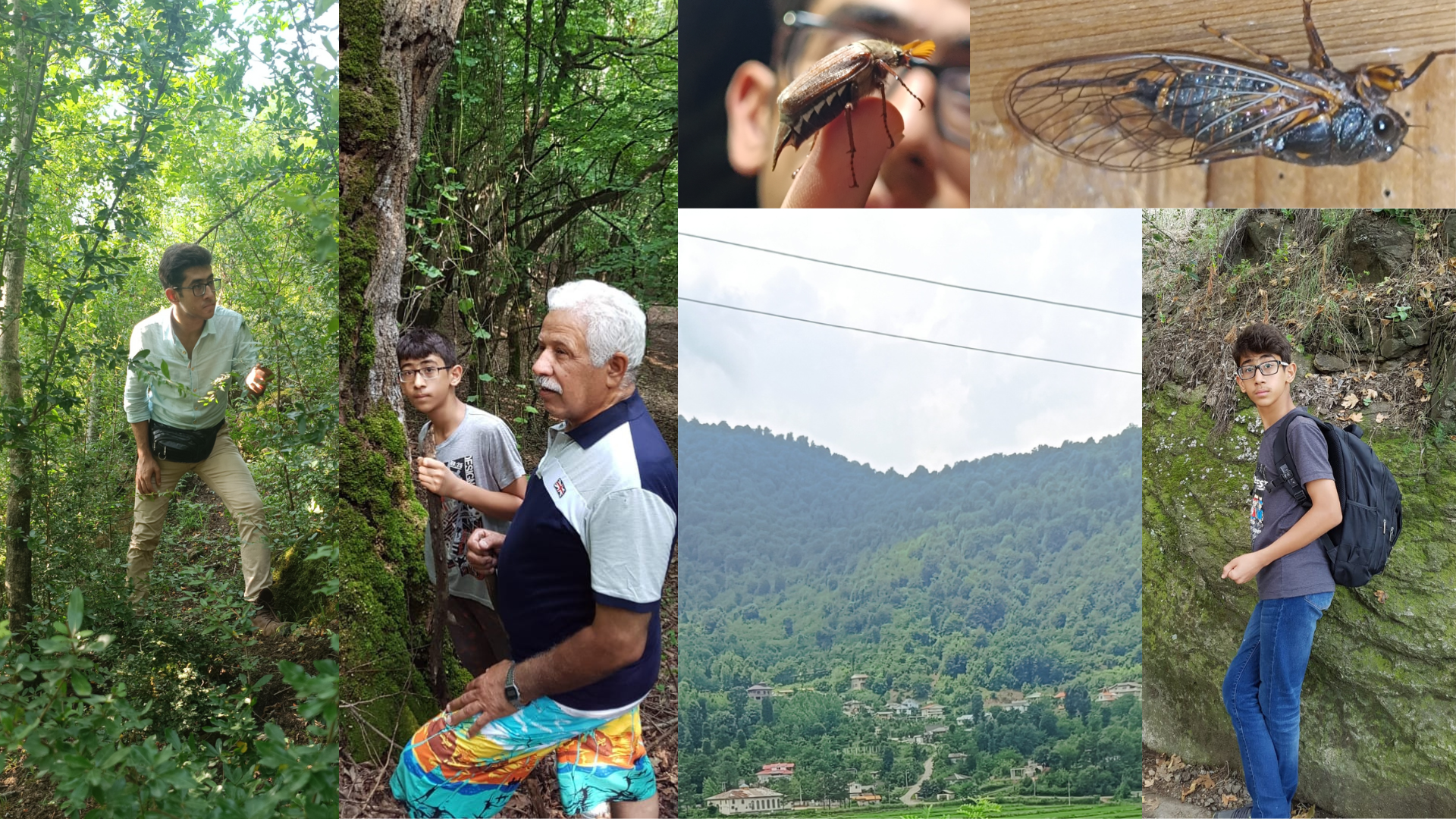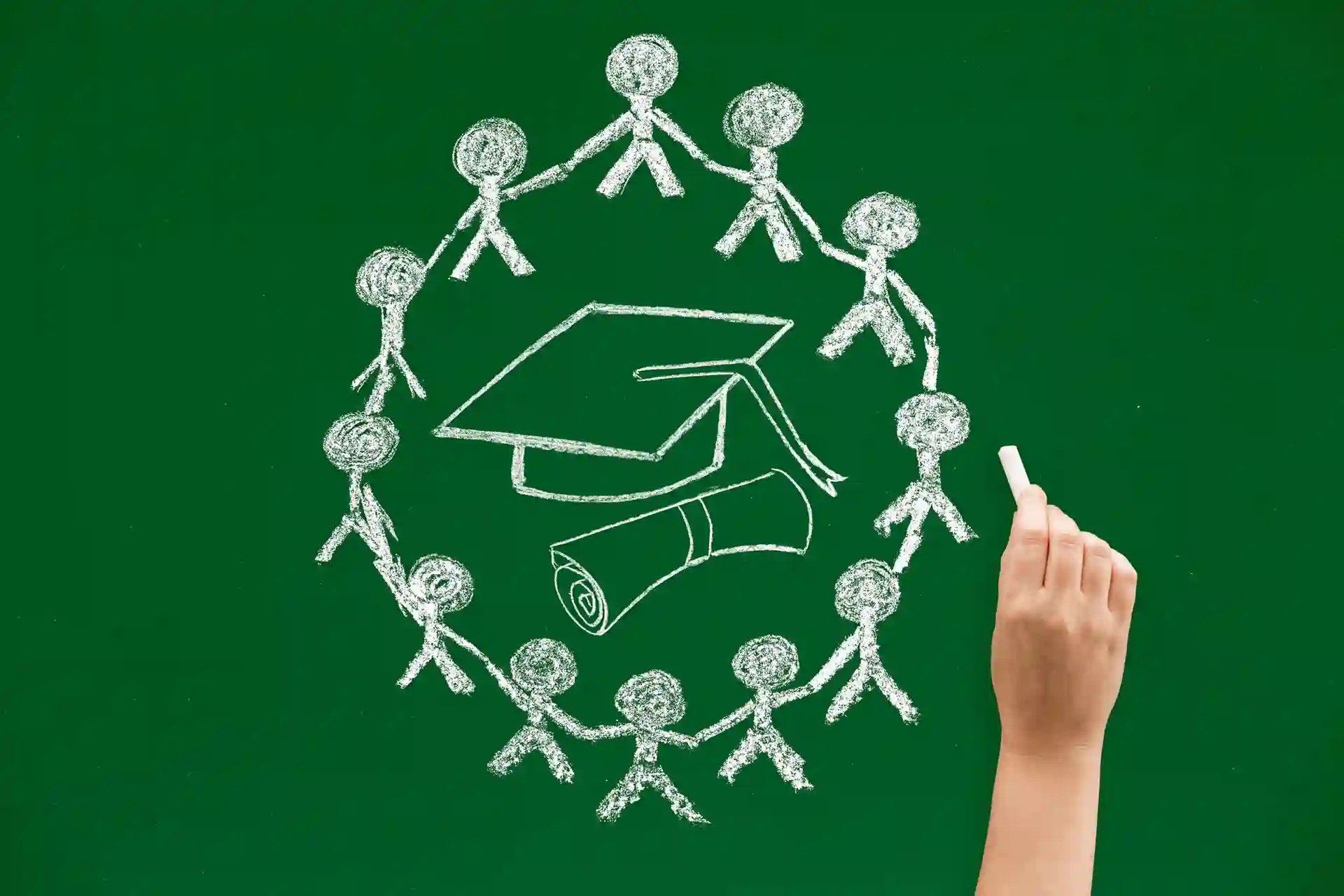Re-Imagining Equity Across Education System; Possibilities for Change
A growing mismatch continues to exist between the rightful education deserved by young people and the existing education system. Schools all over the world continue to adopt and practice the outdated factory model framework, designed a century ago. The institution system creates a context in which students contend with overloaded curriculum studies. From a bell-ringing 45 minutes class period to another, separated and fragmented lessons ten times per day, listening to lectures, passively working alone, memorizing facts, regurgitating facts learnt during assessment and rewarding academic achievement. The educational system continues to utilize a one size fits all -- teaching and learning approach that prepares students for exams and reinforces rote-memorization of curriculum studies, disparities, divisions, inequity, competition and huge disadvantages for students with special needs.
Exploring Education Inequity in the US and Nigeria
~
USA
- What are the problems of education in your country?
Education in the US is filled with inequities. Teachers, like any human, hold bias and it sometimes reflects in their teaching, meaning there are many inequalities among racial lines. Meanwhile, some students who live in poverty have little access to food and resources outside of the school day, and struggle to care for their family and provide money while also pursuing an education. There are stark inequalities in America, including racial and economic inequalities, and it’s time we address them.
2. The type of inequities encountered by learners.
While most students have access to technology, food, and textbooks, some students have it much more than others and COVID-19 has exacerbated existing inequalities. The school-to-prison pipeline, for example, mostly targets students of color and students with disabilities, pushing students into the incarceration system at an early age.
3. Possibilities for change.
It’s time we build an education system that cares for the whole students while working against inequities such as the wealth gap and racism. It’s time that our education system teaches students the truth about racism and injustice so that they can grow up to solve the problems. There are so many possibilities for what can change, if we choose to take this path.
By Addie Lentzner
~
Nigeria
- What are the problems of education in your country?
Year in and year out, the country allocates billions of naira on projects, programmes and schemes aimed at improving the educational sector with little result to show for it. Empty classroom blocks are erected with no sufficient learning aid and tools to facilitate learning. The School system is regarded as a "Scam" because hard work has been replaced with money, good grades can be paid for, and the majority of graduates are unable to gain jobs after school.
- The type of inequities encountered by learners.
The inequities encountered by learners, particularly in low income communities include lack of basic tools needed to facilitate learning. Students in these communities learn under poor conditions, with most not having chairs to sit on, desks to write on, and books to write with. The number of teachers and learner's ratio in a school doesn't equate as 150 pupils could be taught by a teacher.
3. Possibilities for change.
The various possibilities for change and building equity in our educational sector can only be made possible when educational plans are sustainable, corruption practices are curbed, and more funds are directed into the sector to increase access to a quality education.
By
Etim-Etim Bassey Akpan.
~
Nigeria
- What are the problems of education in your country?
The problem of the education system in Nigeria is multifaceted and rigid, lacking an all round development of the recipient. The old conventional system makes it difficult to adapt to modern changes that help to adequately prepare and equip the recipients with needed skills to thrive in the 21st century.
- The type of inequities encountered by learners.
Background inequity is a major inequity encountered by learners. Most learners, particularly those from underserved communities, are being left behind. There are contrasting realities; some children lack access to education, playing away every single moment, while other children are being groomed and have access to education. At tertiary level, lack of access to digital tools, and high cost of data has exacerbated digital divide and decreased access to online learning.
- Possibilities for change.
Effective collaboration, sincere commitment and greater investment among all stakeholders - Government, parents, teachers, NGOs are highly essential to seeing the needed change. Consistent enlightenment on the importance of education, and ways of achieving the desired educational system, are vital for progress.
By Kawthar Arinola Omisore
~
5 WAYS TO REIMAGINE EQUITY ACROSS EDUCATION SYSTEMS
As we navigate the new normal in the post-COVID-19 era, there is a need to consider re-modifying education in the light of emerging opportunities and challenges. Re-imagining education through the perspective of curriculum studies, student centered pedagogy learning, inclusion, equity, and restorative justice are highly pertinent for change.
Curriculum; Given the rapid changes in the world of work, accommodating changes in the curriculum needs to be developed with respect to evolving, and dynamic context framework and delivery of instruction that capitalizes on the strengths of both synchronous and asynchronous learning. Curriculum focus must be on individual learners’ holistic development rather than focus exclusively on academic achievements. Seamless project-based learning, real life brainstorming tasks, collaborative space and fun learning are vital additions to curriculum planning.
Students can take the lead in co-designing curriculum.
Pedagogy for learner centered learnings: Instruction for learning must be student-centric, authentic and provide comprehensive access to all learning areas. New forms of pedagogy should focus on student-initiated explorations of game changing solutions to significant problems, reinforcing abilities for students to discover and develop their passions and potentials. Teachers need to understand how to teach anti-racist, and advancing gender equality pedagogy. Teachers also need to be trained in restorative justice. Instead of harsh punitive measures, students should be treated with kindness and understanding in a transformative way that lessens the effects of the school-to-prison-pipeline.
Equity and Social Justice: While equity and justice is only achievable in an utopian society, there are ways to enhance equity in an increasing world of inequality. We need to ensure that students are taught a curriculum that includes learning about social justice and equity in society. We need to also ensure that all schools have an equal playing field; all students have access to technology, enough food to eat, and support from teachers. These things should be the norm in schools. If we want an equitable and just society, it starts in our schools.
Diversity and Inclusion: Across the world, students feel excluded from their education. From a young age, social stratification leads to students feeling left out or disregarded by their peers or even their teachers. We need to change this: we need to provide equity training for all teachers and prioritize social skills and inclusion being taught from a young age. We also need to address systemic inequities, racial bias, and gender stereotypes. For example, Black students and Students of Color in the US are more likely to be suspended than White students. For our schools to truly value inclusion, we need to put in place policies that will transform the system, such as anti-bias training and accountability measures. Inclusion is vital in schools, and it’s time we begin the work of radical inclusion in education that truly leaves no one behind and caters for all learners of various backgrounds and characteristics such as gender, disability or ethnicity.
Technology
While technology has been instrumental in opening up access to education beyond classrooms and widened the scope of online education, it has also highlighted disparities and digital divide. Educational innovations need to be accessible to learners to promote equality. Range of tools and technologies that meet specific needs, context and varied dynamics for learners to choose from should be prioritized to enhance learning and inclusion. Online access, data usage, flexible platform, and digital connectivity needs to be put into consideration for educational technology.
Conclusion
While the COVID-era has exacerbated inequities and digital divide in Education across the world, it has also provided an avenue to reimagine traditional structures and practices. It has presented the ample opportunity to ask pertinent questions on what models worked in the past, what is currently working in the present, and what would work better in the future. Now, It's time to rethink the way in which educational system are organized; how education systems could be transformed to spaces that simply support students in expressing their creativity, curiosity and collaborative spirit; redesign education around equity, principles of authentic learning, educator expertise, inclusion, re-modified curriculum, access to technology, and student-centric pedagogy instruction.


Writers; Taofeekat Adigun and Addie Lentzner
Contributing Writers; Etim-Etim Bassey Akpan and Kawthar Arinola Omisore
.webp)





Comments